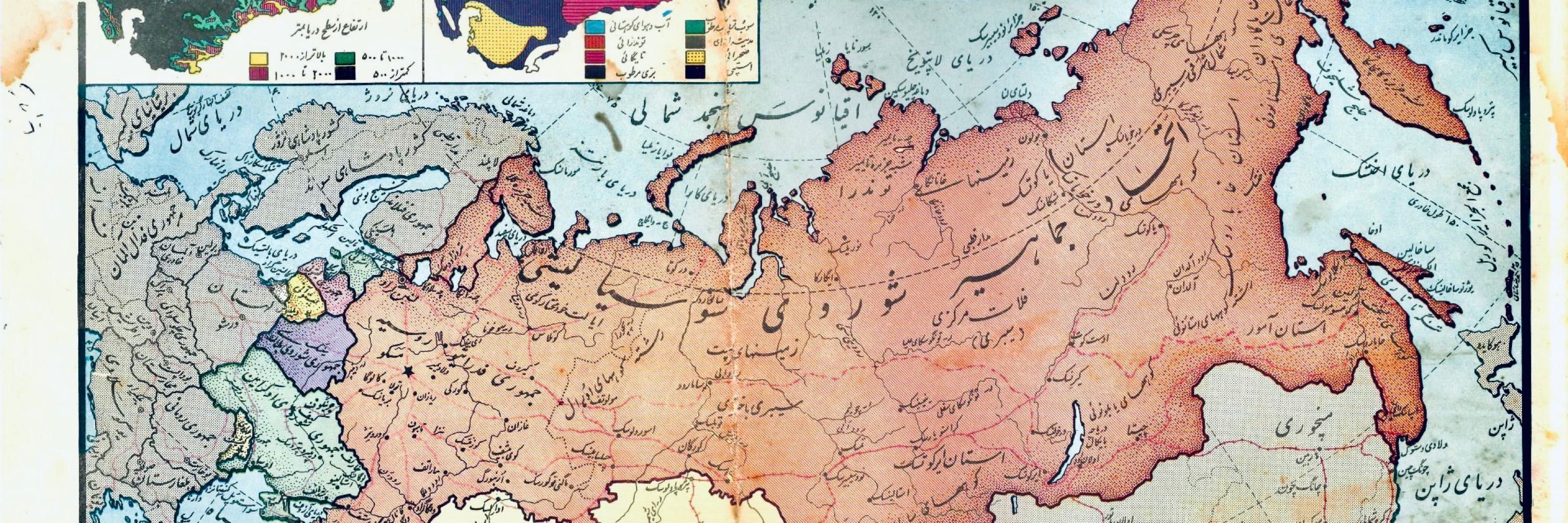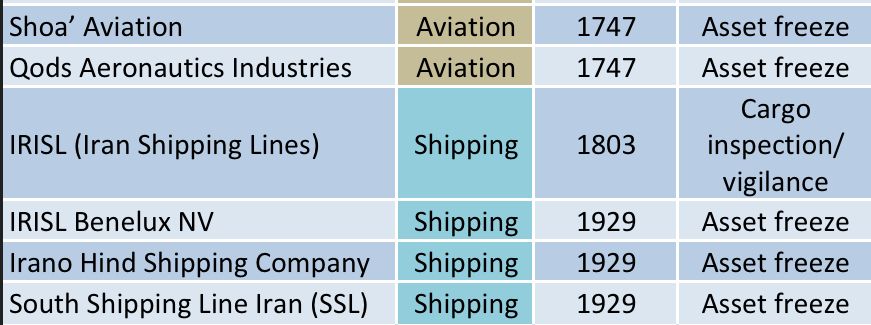Nicole Grajewski
@nicolegrajewski.bsky.social
11K followers
470 following
680 posts
Fellow with Carnegie’s Nuclear Policy Program and Associate with Harvard’s Managing the Atom | PhD from Oxford | working on nuclear issues involving Russia and Iran | author of Russia and Iran: Partners in Defiance from Syria to Ukraine (OUP/Hurst)
Posts
Media
Videos
Starter Packs
Reposted by Nicole Grajewski
Reposted by Nicole Grajewski
Reposted by Nicole Grajewski
Reposted by Nicole Grajewski
Bloomberg News
@bloomberg.com
· 24d

US-UK Nuclear Pact to Precede Tech, Whisky Deals on Trump Visit
The US and Britain will sign an agreement to make it quicker for companies in both countries to build nuclear power stations when President Donald Trump visits this week, according to the UK government.
bloom.bg















